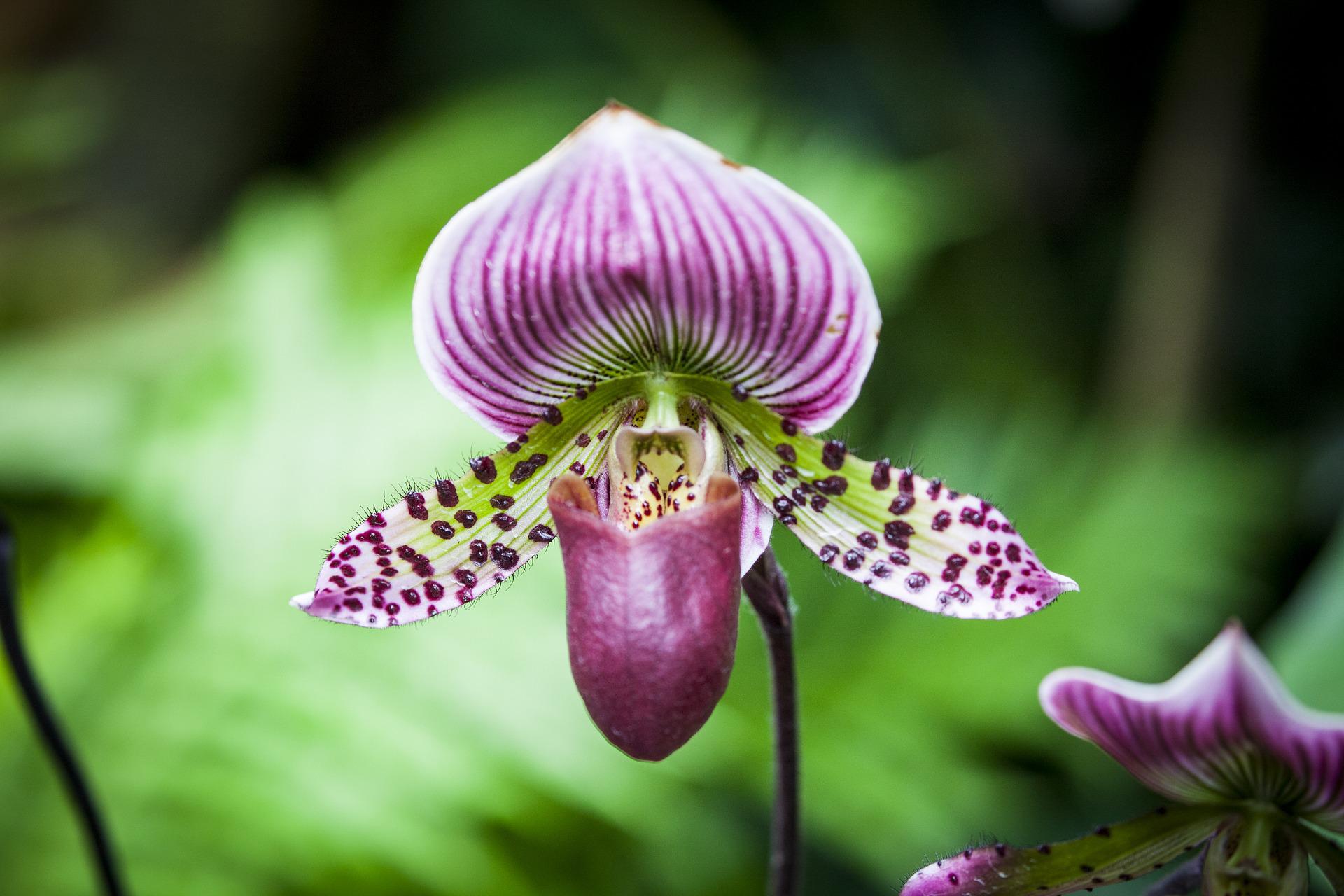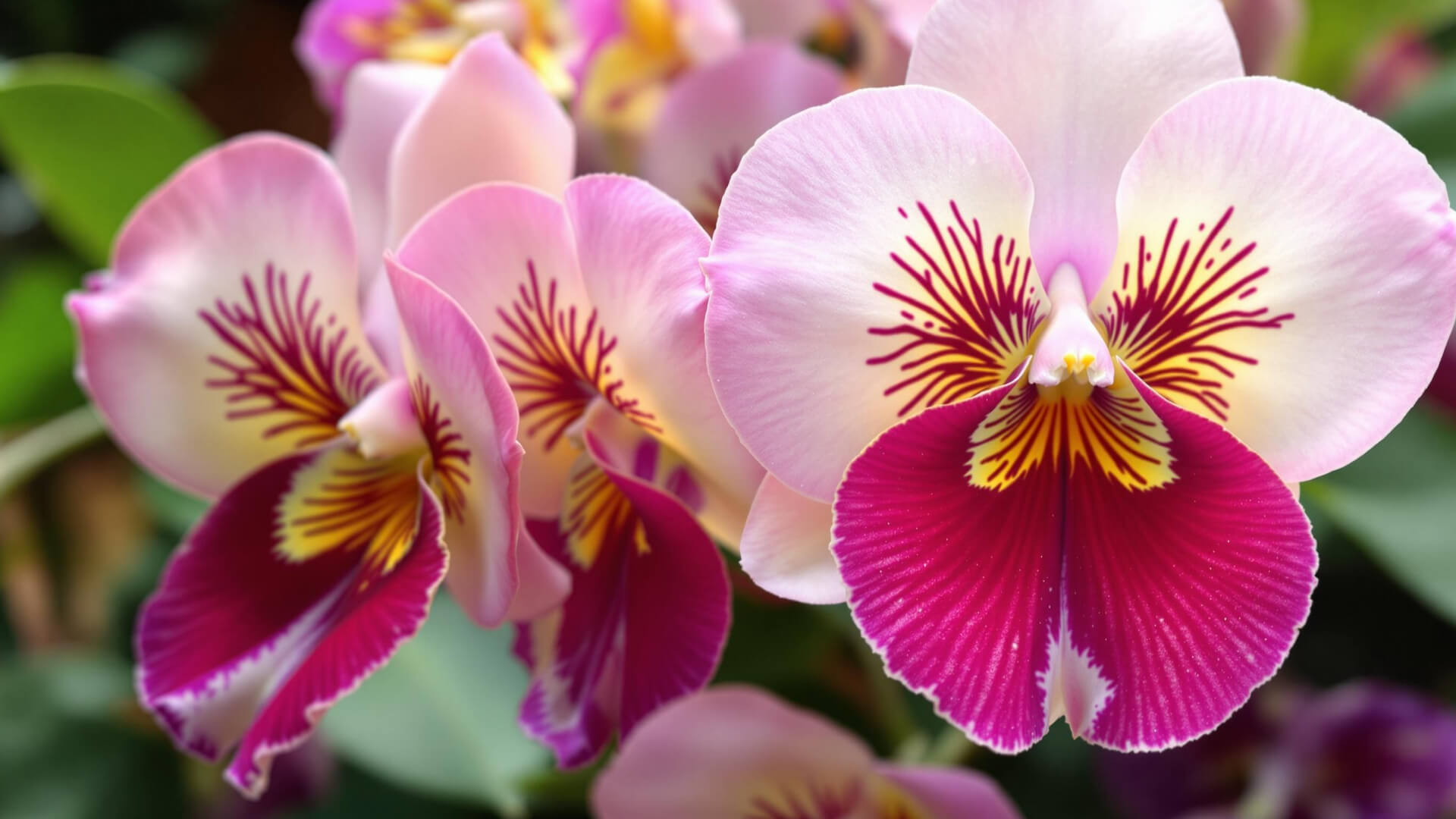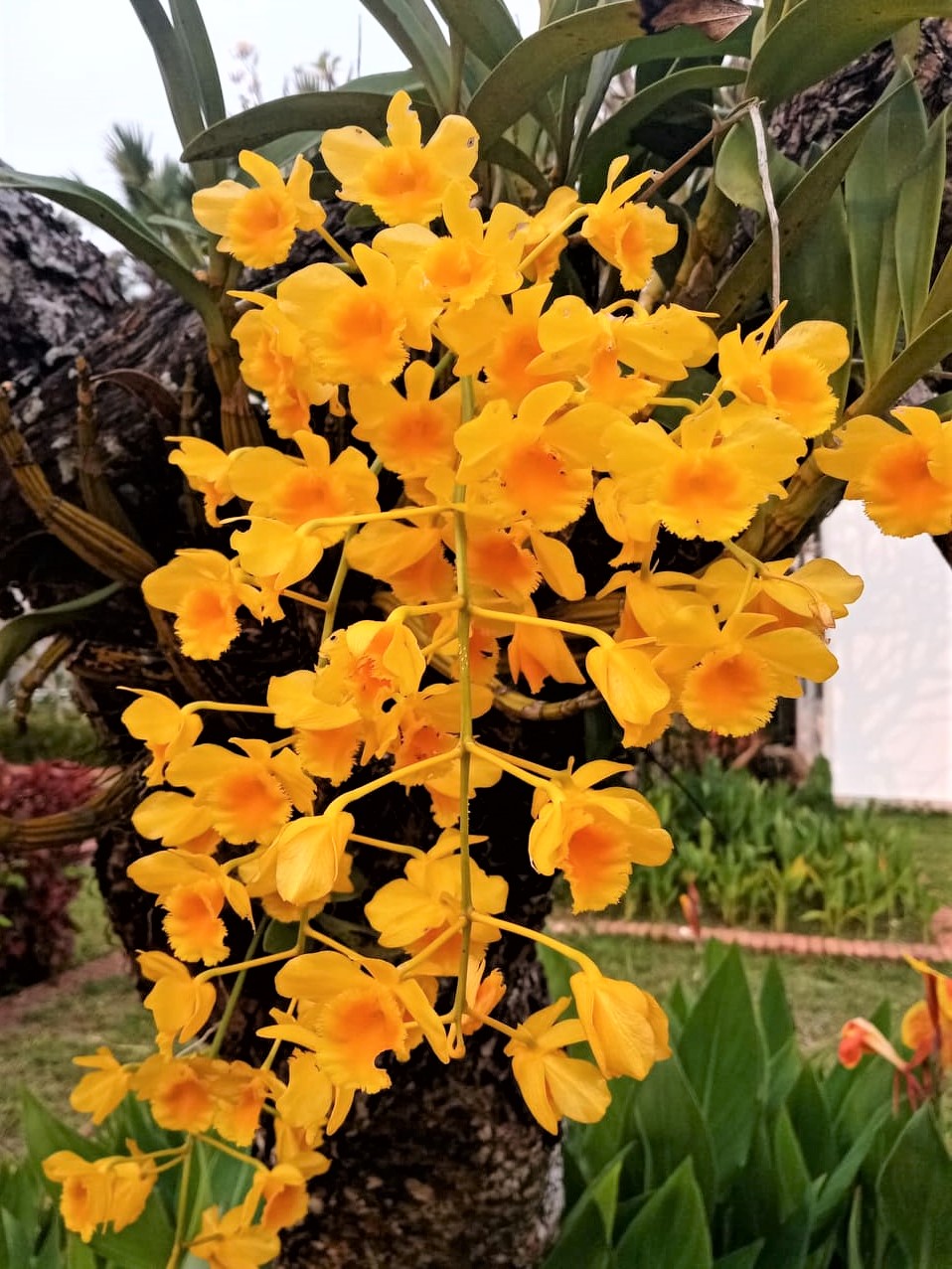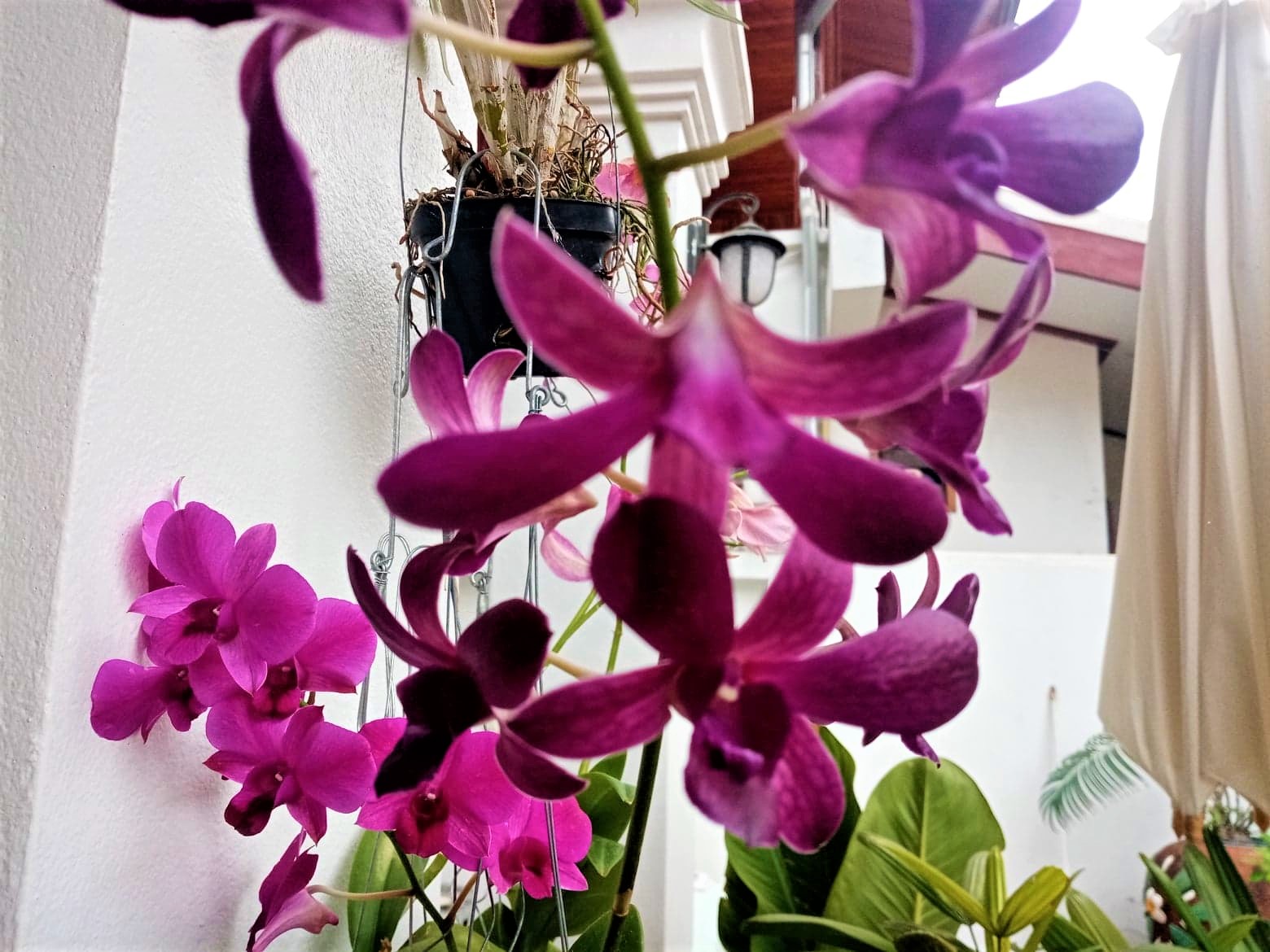Taking Care of Orchids
Taking care of orchids can be challenging, but it is also one of the most rewarding hobbies that anyone can engage in. Orchids are beautiful and exotic flowers that require special attention and care to thrive and produce some of the most magnificent flowers on planet earth. There are many species of orchids and they come in a wide range of colors, shapes, and sizes. These exotic plants are a popular choice among gardeners, florists and indoor plant enthusiasts. However, unlike other houseplants, taking care of orchids can be a little challenging.
To keep your orchids healthy and thriving, you need to understand their needs which are a little different from your typical houseplant. This article discusses the unique requirements of orchids and how to care for them. Orchids have specific requirements for light, water, air, and temperature, which must be met if they are to flourish and thrive. The following are general care instructions that apply to a wide variety of orchids, but it is always best to check with your local orchid expert or garden nursery provider about specific care instructions for your particular orchid or orchids if you are a collector enthusiast.

Watering
One of the most important aspects of caring for orchids is providing them with the right amount of water. Both overwatering and underwatering can kill an orchid plant, so it is essential to find the right balance. Too much water can cause root rot and other fungal diseases. Too little and your plant will die from lack of proper nutrition. Thus, you need to be cautious when watering your plants. The frequency of watering your orchids will depend on the type of orchid and the environment it is in.
In general, a good rule of thumb is to make sure that your orchids get watered once a week, while others require watering twice a week or more, it depends on the type of orchid that you have. Before watering, check the growing medium to make sure it is dry to the touch. You can also lift the pot to gauge if the medium is moist or dry. If the pot feels heavy, it is an indication that the medium is still wet.
When watering your orchids, use room temperature water to avoid shocking the roots. Pour enough water into the pot to moisten the growing medium, but make sure that it is not too much. The water should drain out through the bottom holes of the pot. For more detailed information, see this article on watering.
Light
Orchids need light to grow and bloom. However, most orchids are very sensitive to direct sunlight. Too much direct intense sunlight can cause the leaves to burn and the flowers to wilt. Early morning or late afternoon direct and less intense sunlight is ok for the most part, but late morning, midday and early afternoon sun may cause damage to your orchids. Understanding the lighting needs of your particular orchid is crucial in ensuring that it gets the correct amount of light it needs to thrive.
For example, many of the popular Phalaenopsis variety of orchids can thrive in relatively low light conditions, whereas a Vanda orchid needs very bright indirect sunlight to thrive and rebloom. To keep your orchids healthy, place them in a bright, well-lit area that is shaded from direct sunlight. The ideal location for your orchids will depend on the type of orchid and the amount of light it needs.
Sometimes it is difficult to find a location in your home with the right conditions for your orchid. You may need to add lighting, ventilation, temperature control or humidity to your growing room.
Ventilation
Air circulation is also important in the care of orchids. Proper ventilation is necessary to prevent mold, fungal diseases, and pests from damaging your orchid plants. Ensuring that your orchid’s growing area has good air circulation by providing fresh air and avoiding crowding spaces with too many plants. A fan can be added to your growing area to provide circulation if necessary.
Temperature
Orchids require specific temperature ranges to grow and flower properly. Orchids can be sensitive to sudden temperature changes, avoid placing orchids near cold drafty windows and doors. Most orchids love to be in temperatures between 70° and 90°F during the day and between 50° and 70°F at night. However orchids can range in their temperature requirements, for instance, many Phalaenopsis orchids need temperatures to drop into the 50s at night in order to induce flowering. If you have experienced difficulty in getting a Phalaenopsis to rebloom this may have been the issue. For more information, see our article on getting orchids to rebloom.
Humidity
Orchids prefer a humid environment. In their natural habitat, they typically grow in tropical rain forests where humidity is high. Orchids absorb most of this humidity through the sensitive vellum on their roots. In a dry indoor environment, it is often necessary to increase the humidity around the orchid. This can be done by placing a tray of water near the plant or by using a humidifier.
You can also mist your orchids regularly, paying particular attention to the roots, especially during drier months or if you live in an arid environment. However, be careful not to allow water to pool between where the leaves and stem meet as this can lead to fungal diseases and rot.
Fertilizer
Orchids need to be fertilized regularly to promote healthy growth and blooming. Orchids can be fertilized with general-purpose fertilizer such as a 20-20-20 NPK formula, but different varieties of orchids need different nutrients to thrive and this is something that will require you becoming knowledgeable about and can only come with experience and paying close attention to your valuable beauties.
The frequency of fertilizing will depend on the type of orchid and the fertilizer used. In the orchid world there is an adage that say to water weakly weekly. For more detailed information click on this link about fertilizing your orchids.
Care of Orchids: Potting
Many orchids are epiphytes, also known as air plants. In their natural environment they grow in the shade canopy of trees on branches or trunks using their roots as and anchor. Epiphytic or air orchids do not grow in soil, in fact placing an epiphytic orchid in soil will kill it. In order to keep orchids in our homes we place them in pots with a growing medium which helps to provide air circulation, moisture and nutrients and also to provide stability in keeping them upright. It is possible to grow epiphytic orchids without any growing medium or pot at all, but that is typically something that requires more knowledge and experience to accomplish.
In general orchids should be potted in well-draining growing medium. The growing medium used will depend on the type of orchid. Most common orchids like Phalaenopsis and Dendrobiums are typically potted in a mix of bark, perlite and sphagnum moss. Other orchids such as Vanda are typically planted in bark only or LECA. A slightly more advanced technique is the use of water culture.
When potting your orchid, make sure that the pot is not too big. Orchids prefer to be snug in their pots. A pot that is too big can cause the orchid roots to stay wet for too long and can lead to root rot.
Pruning
Pruning care of orchids is something that needs to be addressed from time to time. Remove any dead or damaged leaves and blossoms. This helps to promote new growth and maintain the plant's shape and attractiveness. Always use a sterilized tool when pruning to avoid spreading diseases.
Remove dead, dry, lifeless looking roots, as these can contribute to root rot, fungal or insect infestations. Do not cut healthy roots which are typically white or green when full of water. Read more about orchid root care here.
Repotting
Orchids should be repotted every one to two years. Repotting helps to refresh the soil and prevent overcrowding of roots. When repotting, use a fresh potting mix and if the roots are getting crowded use a pot that is slightly bigger than the previous one. Read our detailed care of orchids instructions for repotting here.
Care of orchids can be challenging, but it is highly rewarding when you are rewarded with spectacular blooms that fill your home with beauty and fragrance. Taking care of orchids is a rewarding experience that requires some skill and patience. With proper care, paying attention to light, air circulation, temperature, water, and fertilizer, your orchids can reward you with beautiful orchid flowers year after year for many years to come. Always do your research on the specific type of orchid you have to ensure you are meeting its unique needs. Enjoy the beauty and elegance of these exotic plants and watch them thrive under your care.


